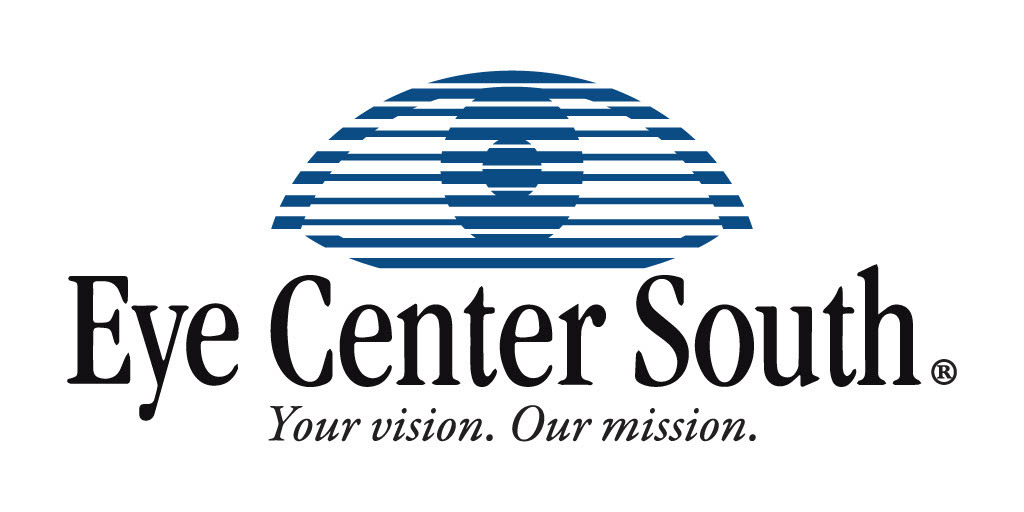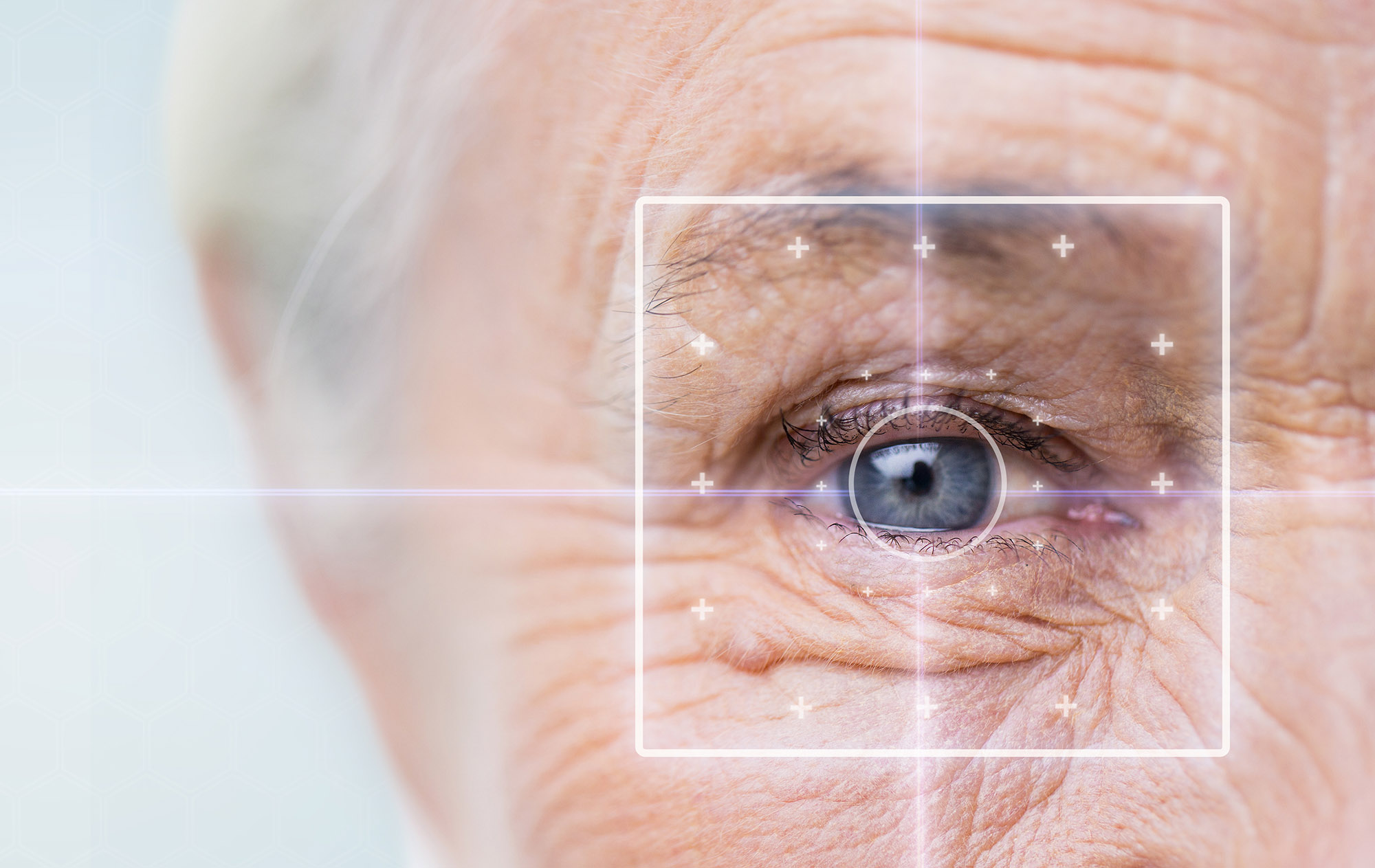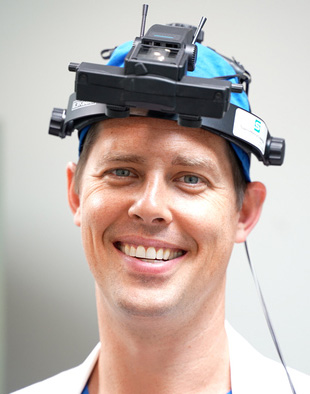August is Children’s Eye Health Month—an ideal time to focus not just on regular vision screenings, but also on understanding when your child may need specialty medical eye care. While primary eye care and routine vision checks are important, some conditions go beyond what a standard eye exam or prescription glasses can address. Recognizing these medical eye issues early can ensure your child receives the expert care they need for healthy development.

The Difference Between Primary Eye Care and Specialty Medical Eye Care
Primary eye care—like routine vision screenings or basic eye exams—focuses on general vision problems such as nearsightedness, farsightedness, and astigmatism, which are typically corrected with glasses or contact lenses.
Specialty medical eye care, on the other hand, addresses more complex issues with the eyes themselves. These problems often require the expertise of a pediatric ophthalmologist or eye specialist because they relate to the health and function of the eyes, rather than just clarity of vision. Examples include:
- Crossed eyes (strabismus)
- Eyes that drift or don’t move together (ocular misalignment)
- Drooping eyelids (ptosis)
- Unusual white or dark reflections in the pupil
- Persistent eye infections, redness, or pain
- Vision loss not correctable by glasses
Signs That Warrant Specialty Medical Eye Care
While some vision problems, like blurry vision or trouble seeing the board at school, are typically managed by primary eye care providers, the signs below signal the need for specialty medical evaluation:
- One or both eyes turning in or out: Eyes that cross or wander are not just cosmetic—they can signal serious underlying conditions.
- Difficulty focusing both eyes on one object: If your child’s eyes don’t appear to work together, it may suggest a coordination problem.
- Eyes not tracking together: Trouble following moving objects or losing their place while reading.
- Unusual pupil appearance: White, cloudy, or abnormal reflections in photos of your child.
- Complaints of double vision, eye pain, or unexplained headaches: Especially if these symptoms persist after vision correction.
- Frequent tilting of the head or covering one eye: May be a way to compensate for double vision or alignment issues.
Why Early Detection Matters
Many medical eye problems—including strabismus (crossed eyes), amblyopia (lazy eye), and other disorders—are most successfully treated when detected early. Untreated, they can have lasting effects on vision development, academic performance, and even social-emotional health. Early diagnosis by a pediatric eye specialist can offer your child the best chance at healthy vision for life.
When to Seek Specialty Care—Key Takeaways
- Routine eye exams are vital, but they don’t catch everything. Be alert for eye alignment, movement, or appearance issues that go beyond simple vision concerns.
- Children with family histories of eye disorders or complex medical needs may require earlier or more frequent specialty evaluations.
- If you’re ever in doubt, it’s better to see a specialist early. Many conditions are treatable if addressed promptly.
At Eye Center South, our experienced team is here to support your child’s eye health at every age and stage. We’re committed to providing compassionate, expert care to help your family protect and preserve healthy vision throughout childhood and beyond.
Take the first step—call us at (800) 467-1393 or request your child’s appointment online at our Dothan or Panama City locations today.





